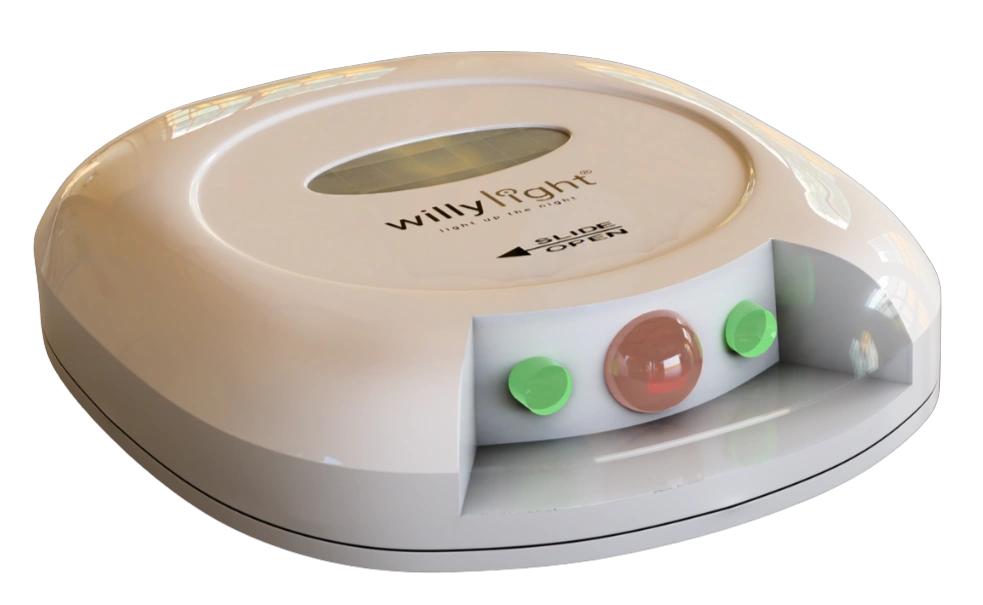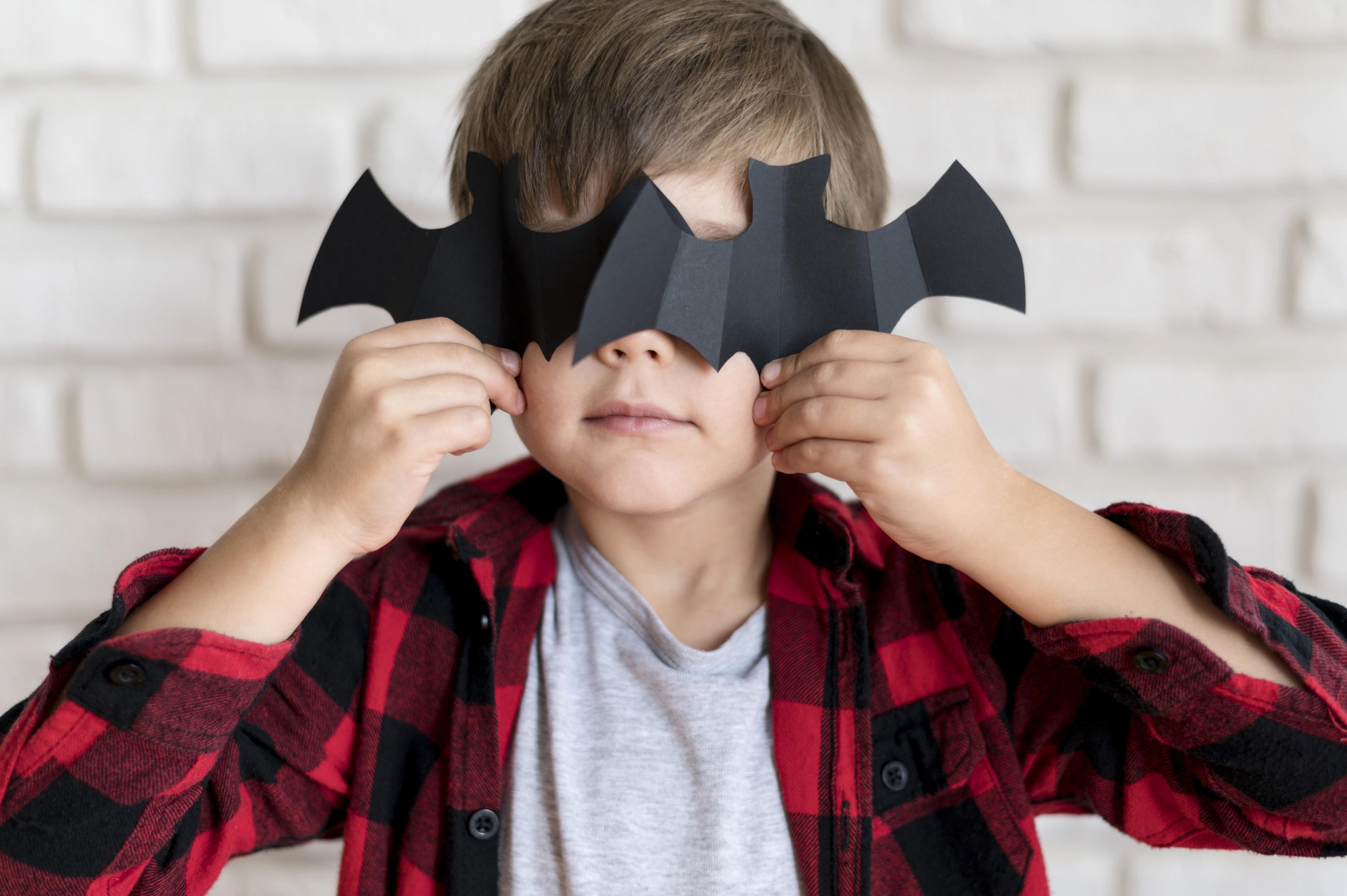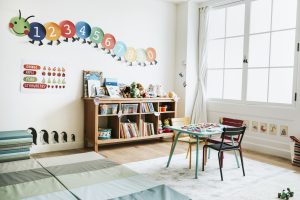
The Preschool Wake-Up Call
The letter arrived on a Tuesday morning, and Rachel’s heart sank as she read it: “All children must be fully toilet trained before starting kindergarten in September.” Her son Alex had just turned 4, and despite months of attempts, he was still resistant to using the big toilet consistently.
“I felt like such a failure as a parent,” Rachel recalls. “Everyone else’s kids seemed to master this effortlessly at 2 or 3, and here we were still struggling. I was worried about Alex’s confidence, his social development, and honestly, what other parents would think.”
If this resonates with you, take a deep breath. You’re not alone, you’re not failing, and your 4-year-old isn’t “behind.” In fact, late starters often become the most confident and independent bathroom users once they commit to the process.
The Truth About 4-Year-Old Toilet Training
Despite what social media might suggest, toilet training at 4 is far more common than most parents realize. Recent studies show that 15-20% of children aren’t fully toilet trained by their fourth birthday, and boys are statistically more likely to be late starters.
Why some children train later:
- Stronger developmental readiness: They may skip the “sort of trained” phase and go straight to mastery
- Perfectionist tendencies: They want to do it completely right rather than partially
- Independence preferences: They resist adult pressure and prefer to choose their own timing
- Sensory considerations: Some children need more time to feel comfortable with bathroom sensations
- Focus on other skills: Development isn’t linear – they may be excelling in other areas first
The hidden advantages of later training:
- Faster mastery: Often complete the process in weeks rather than months
- Better comprehension: Understand complex concepts like etiquette and consideration
- Stronger motor skills: More developed fine motor control and coordination
- Enhanced communication: Can articulate needs and concerns more clearly
- Greater pride: Feel accomplished about mastering a “big kid” skill
Why Traditional Methods Often Fail with 4-Year-Olds
Older children present unique challenges that standard toilet training approaches aren’t designed to handle:
The resistance factor:
- Established patterns: They’ve developed strong preferences for diapers or pull-ups
- Control issues: May use bathroom independence as a way to assert autonomy
- Previous pressure: Often resistant to methods that felt forced or stressful
- Peer awareness: May feel embarrassed about being “different” from friends
The sophistication gap:
- Beyond simple rewards: Basic sticker charts feel babyish to 4-year-olds
- Need for logic: Want to understand “why” rather than just “how”
- Social awareness: Concerned about what others think of their abilities
- Independence craving: Resist anything that feels like being treated like a baby
This is where innovative approaches that respect their maturity while making the process engaging become essential.
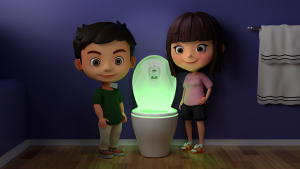
The Game-Changer: Visual Feedback for Older Children
The breakthrough for many 4-year-old families comes from recognizing that older children respond exceptionally well to immediate visual feedback systems that make toilet training feel like a skill to master rather than a rule to follow.
The Willy Light transforms toilet training for 4-year-olds by:
Appealing to their developmental stage:
- Technology appeal: 4-year-olds are fascinated by responsive technology
- Game-like elements: Visual feedback feels engaging rather than babyish
- Independence building: They can see their own success without adult confirmation
- Skill mastery focus: Positions toilet use as a competency to develop
Addressing their specific needs:
- Immediate feedback: Shows success or needed adjustments instantly
- Clear objectives: Red means adjust, green means perfect – no confusion
- Pride building: Green lights create genuine accomplishment feelings
- Social preparation: Teaches complete bathroom citizenship, including etiquette
As we explored in our comprehensive guide to how visual cues transform toilet training, immediate feedback creates faster learning than delayed corrections.
Success Story: The Thompson Family Breakthrough
The Thompson family struggled with toilet training their 4-year-old daughter Emma for over eight months. Traditional methods created power struggles, and Emma became increasingly resistant to bathroom attempts.
“She was smart enough to know she ‘should’ be using the toilet, but every approach felt like a battle,” explains mother Lisa Thompson. “Charts, rewards, consequences – nothing worked because she’d decided she wasn’t ready.”
The transformation began when they shifted from pressure-based methods to technology-enhanced learning:
Week 1: Emma became curious about the visual feedback system rather than resistant to toilet training
Week 2: She started choosing bathroom visits to “play” with the lights
Week 3: Success with the system built confidence in her overall bathroom abilities
Week 4: Emma was fully trained and proud of her “big girl” bathroom skills
“The visual feedback took the pressure off both of us,” Lisa continues. “Instead of me being the judge of whether she was doing it right, the system gave her immediate information. It became about mastering a cool skill rather than pleasing Mom.”
For boys especially, this approach addresses both etiquette and accuracy simultaneously. Learn more about why boys need early etiquette training and the specific challenges that make 4-year-old boys excellent candidates for comprehensive toilet training.
Strategic Approach for 4-Year-Old Success
Phase 1: Mindset Reset (Days 1-3)
- Remove pressure language: Stop saying “you should know this by now”
- Frame as skill building: Position toilet training as learning something cool
- Address fears honestly: Listen to and validate any bathroom concerns
- Build excitement: Let them explore and understand the visual feedback system
Phase 2: Technology Integration (Week 1)
- Introduce visual feedback gradually: Let curiosity drive initial exploration
- Celebrate all attempts: Focus on effort and engagement rather than perfect results
- Explain the “why”: 4-year-olds appreciate understanding the logic behind expectations
- Connect to independence: Emphasize how this skill supports their growing maturity
Phase 3: Skill Mastery (Weeks 2-3)
- Focus on complete training: Include accuracy and etiquette, not just basic function
- Build consistency: Establish bathroom visits as part of daily routine
- Develop pride: Help them feel accomplished about their sophisticated bathroom skills
- Social preparation: Discuss how their skills prepare them for school and social settings
Phase 4: Confidence Building (Week 4+)
- Independent success: Celebrate their ability to handle bathroom needs without help
- Social readiness: Practice using different bathrooms with confidence
- Leadership opportunities: Let them help younger siblings or cousins learn
- Long-term maintenance: Ensure skills remain strong under various circumstances
Addressing Common 4-Year-Old Challenges
“She’s too smart – she knows she should do it but won’t” Solution: Remove the “should” pressure. Reframe toilet training as a new skill to master rather than an overdue obligation. Visual feedback systems help by making success immediate and personal rather than about pleasing adults.
“He holds it all day at preschool but has accidents at home” Solution: This often indicates capability but comfort preference. Consistent visual feedback at home helps children generalize their skills across different environments.
“Everything becomes a power struggle” Solution: Take yourself out of the equation. Visual feedback systems provide objective information about success, removing parent-child conflict from the learning process.
“She’s embarrassed about not being trained yet” Solution: Focus on the sophistication of complete toilet training. Position your child as learning advanced bathroom citizenship rather than catching up to basics.
The Complete Training Advantage for Older Children
4-year-olds have a unique opportunity to master complete toilet training rather than just functional toilet use:
Advanced skills they can master:
- Bathroom etiquette: Understanding how their behavior affects others
- Accuracy training: Developing precision and cleanliness habits
- Social awareness: Knowing appropriate bathroom behavior in various settings
- Independence: Handling bathroom needs confidently anywhere
- Problem-solving: Addressing issues without adult intervention
These advanced skills set them apart from children who were functionally trained earlier but never learned consideration and precision. Learn more about the importance of complete training in our guide to toilet seat etiquette.
School Readiness and Social Confidence
Comprehensive toilet training at 4 creates significant advantages for school success:
- Bathroom independence: No need for teacher assistance or supervision
- Social confidence: No anxiety about bathroom capabilities around peers
- Cleanliness standards: Habits that meet school hygiene expectations
- Consideration skills: Understanding of shared bathroom etiquette
- Problem-solving ability: Can handle minor bathroom challenges independently
Children who master complete toilet training often become classroom leaders who help other children feel comfortable with bathroom routines.
Turn Late Start Into Late-Great Success
Your 4-year-old’s toilet training journey isn’t behind schedule – it’s perfectly timed for comprehensive mastery. Late starters often become the most confident, skilled, and considerate bathroom users because they learn complete habits rather than developing basic function first and consideration later.
Ready to transform toilet training from struggle to success?
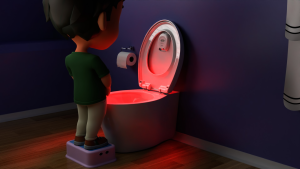
The Willy Light’s visual feedback system is specifically effective for 4-year-olds because it respects their intelligence while making learning engaging and immediate. Instead of power struggles over basic function, your child can master advanced bathroom citizenship that prepares them for lifelong success.
Discover why thousands of families have chosen comprehensive toilet training that builds confidence rather than just compliance. Your 4-year-old is ready for sophisticated bathroom skills that will serve them well beyond childhood – they just need the right approach to unlock their potential.
Visit our website at https://www.willylight.com.au/ to learn how visual feedback can turn your late starter into your family’s bathroom success story. Sometimes the best things are worth waiting for – including confident, considerate, completely trained children.


